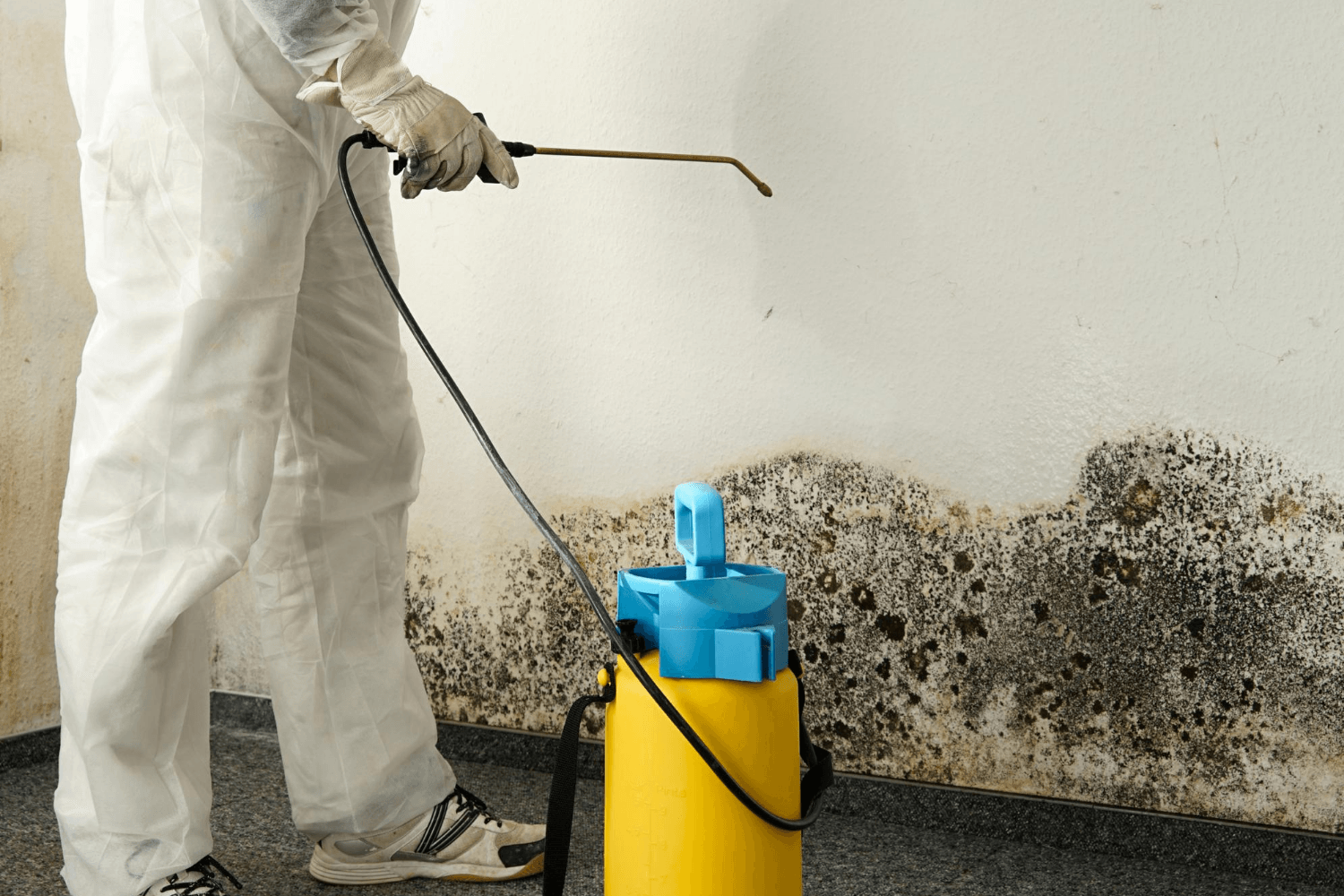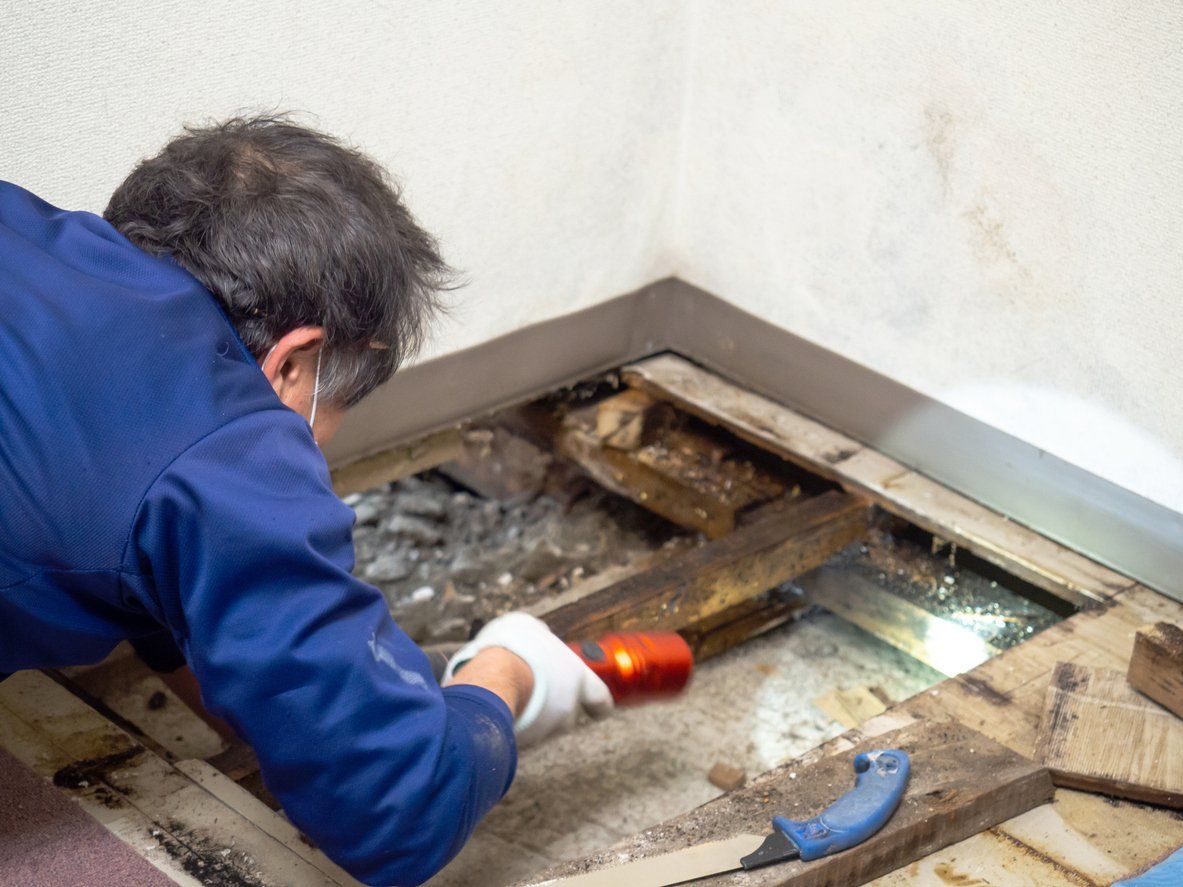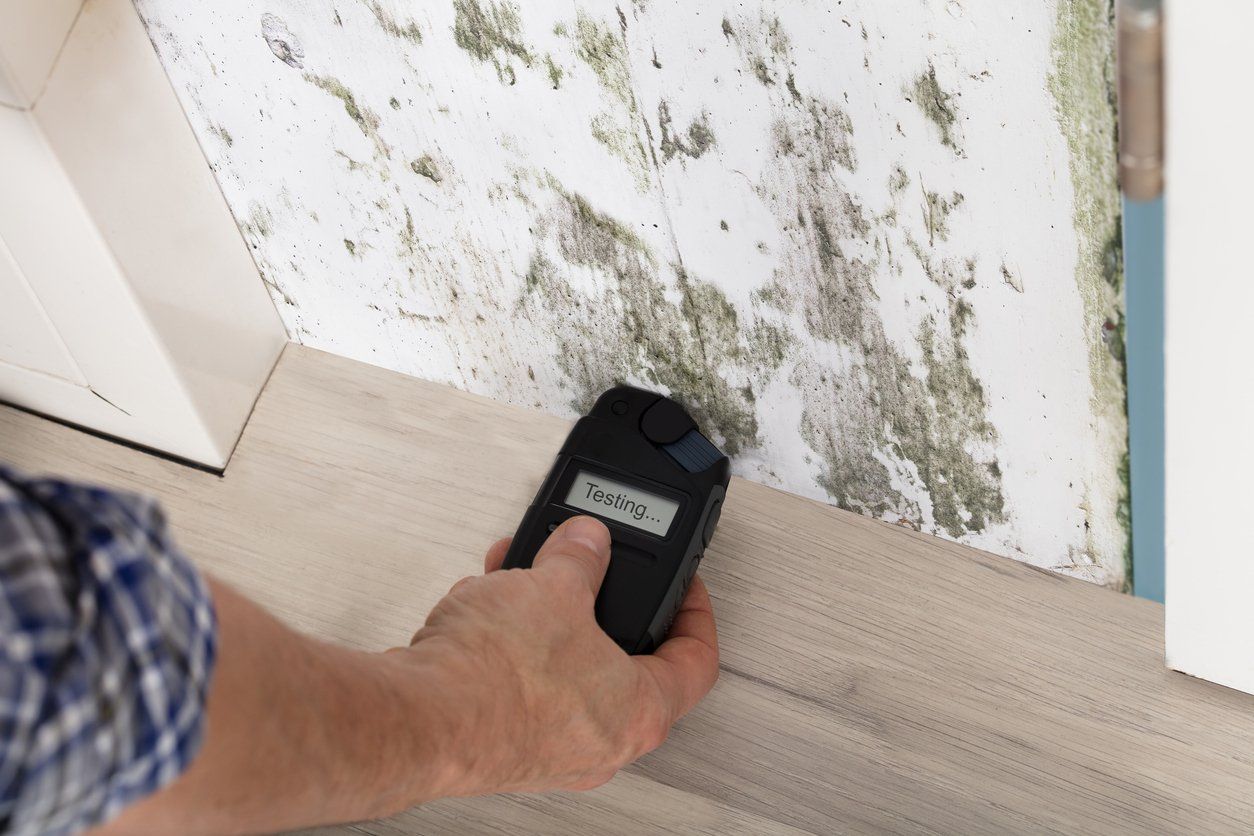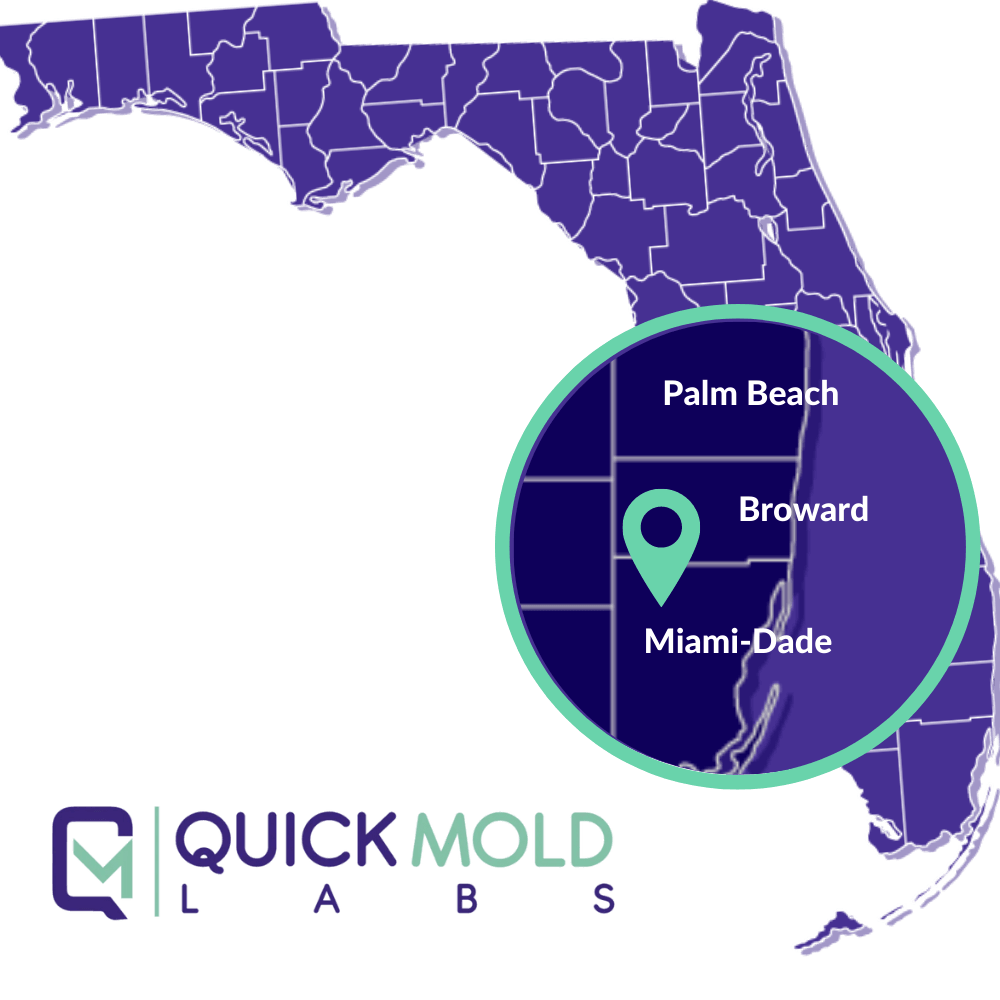What Are the Risks of Toxic Mold Exposure?
Mold exposure is something that many people do not think of as a problem, but it can lead to serious consequences. Toxic mold exposure is even more dangerous and involves the inhalation or ingestion of hazardous substances like mycotoxins. Although anyone can be affected by toxic molds, certain groups such as children and the elderly are at an increased risk for developing negative health effects. Understanding what might happen if someone continues to expose themselves to toxic mold is important in order to protect yourself and your family from long-term health consequences. Hiring a professional
mold inspection company like Quick Mold Labs to inspect the area for toxic mold is a good idea to ensure you and your family are kept safe.
What Might Happen If Someone Continues To Expose Themselves To Toxic Mold Exposure?
The risks of toxic mold exposure to the respiratory system are well known and well established at this time. Toxic mold exposure, according to the Centers for Disease Control and Prevention (CDC), can produce symptoms such as nose stuffiness, watery eyes, wheezing, and skin rashes. Individuals with serious mold allergies may experience extreme responses, such as fever and breathlessness, and those with chronic lung diseases, such as obstructive lung disease, may suffer mold infections in their lungs.
Can Toxic Mold Exposure Cause Skin Rashes?
In a nutshell, yes. Allergic responses occur when a person's immune system overreacts to a minimally hazardous material, an example of this could be mold exposure. The allergic response produces skin swelling, inflammation, and discomfort. This swelling can occur in the throat in more severe situations, restricting breathing, which could cause a life threatening scenario. While neck swelling is less prevalent as a result of toxic mold exposure, rashes and hives are not unusual. A rash caused by toxic mold exposure can be extremely irritating, making it difficult not to scratch. It is important to be cautious. Excessive scratching frequently tears the skin, allowing an infection to develop. Infection symptoms include swelling, redness, warmth to the touch, fever, increasing discomfort, and discharge.
How to Treat Induced Skin Rashes Toxic Mold Exposure
If a person gets an infection as a result of a rash produced by toxic mold exposure, oral medicines can help clear it up. However, if the infection is too severe or does not appear to react to oral antibiotics, a more thorough treatment, such as hospitalization and intravenous antibiotics, may be necessary.
Antihistamines can be used to stop or reduce allergic reactions if the rash has not yet developed an infection. Antihistamines such as Benadryl and Allegra are available without a prescription. Antihistamine creams, which may be applied directly on the rash to alleviate itching, are another option. A cold bath with baking soda or colloidal oatmeal is another simple home treatment that is said to alleviate itching and pain.
Recovering from a Toxic Mold Exposure Skin Rash
Someone recuperating from a severe infection induced by a skin rash produced by toxic mold exposure should certainly recuperate in a mold free environment. Mold exposure throughout the healing process would further aggravate the rashes and itching, and a person with a weakened immune system will be less able to fight off the damaging effects of mold.
Toxic Mold Exposure Is Especially Dangerous For Infants
Infants and young children are especially vulnerable to mold spore inhalation due to their immature immune systems. Due to infants spending so much time on or near the floor, they are more sensitive to hazardous exposures and consume more dust than adults. The Environmental Working Group discovered that ingesting these spores can result in learning, motor skill, and memory impairments.
Remediating Mold
If toxic mold exposure has been producing rashes or other health concerns in you or your loved ones, it is critical to remove the mold from your house as soon as possible. Mold remediation specialists have considerable training and understand how to do the work safely and properly. Most will visit your house at no cost, conduct a free consultation, and provide critical information that will help you.
How to Prevent Toxic Mold Exposure
A professional air duct cleaning is an excellent method to enhance the indoor air quality of your house by removing dust, mold, and other pollutants from the ductwork of your heating and air conditioning system.
You should not only improve your home's indoor air quality to avoid mold development and mold exposure, but you should also know where to search for pre-existing mold. Refrigerators, dishwashers, drywall, subflooring, and HVAC ducting are among the most frequent possible mold harboring items and structures in your house, according to the Federal Emergency Management Agency (FEMA). Mold growth can also be seen in the following places:
- Flooded basements and cellars
- Under the sinks in the kitchen.
- Behind walls that also serve as plumbing enclosures.
- Under carpeting that has become damp.
- Inadequately ventilated attics
- Humidity levels in bathrooms that are greater than average.
- Wet drapes and upholstered furniture
- Books, periodicals, cardboard, and anything else composed of paper or organic stuff.
A Mold Inspection Company Serving Florida
Contact Quick Mold Labs at 786-530-6653 today for 24 hour mold inspection, mold testing, or mold assessment along with any of our other services or get an instant quote from our website. Our Mold Inspection Company will get to your Florida home and will help you prevent mold exposure in 30 to 60 minutes.
Looking to have your home tested for mold? Learn more about the cost of mold inspection.




